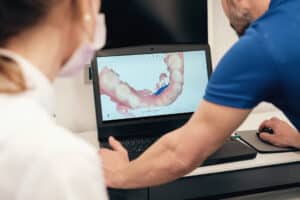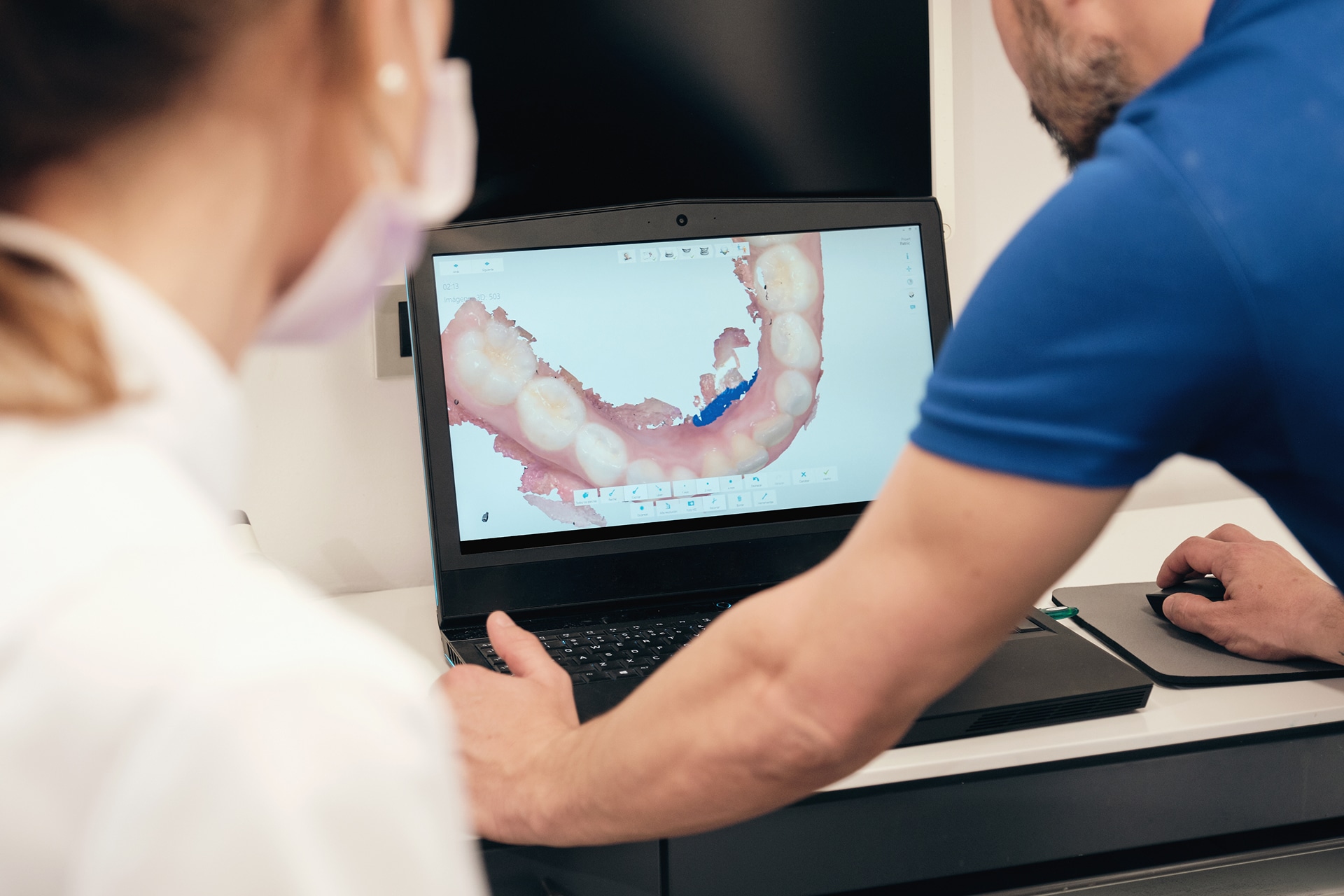- Tooth anatomy explained: The different parts of a tooth
- The four types of teeth in humans
- Protect your teeth with preventive maintenance
The concept of teeth is pretty simple. You chew with them, smile with them, and use them to speak and whistle. You brush and floss to keep them clean, and visit your dentist every six months to maintain their strength and health.
That is all there is to it, right? Well, not exactly.
As simple as the concept of teeth is, they are, in fact, complex structures with multiple layers, each serving a vital purpose. Understanding what makes up a healthy tooth helps you appreciate why specific treatments are necessary and how to better protect each part of your smile
Tooth anatomy explained: The different parts of a tooth
Each part of the tooth plays a unique and essential role in the structure and function of your teeth. If one becomes damaged or sick, it can affect the ability of other parts to perform effectively.
Here are the different tooth layers explained:
Tooth enamel
The enamel is the outermost layer covering the crown (visible part) of the tooth. Tooth enamel is the hardest and most mineralized substance in the human body. It consists primarily of hydroxyapatite, a crystalline calcium phosphate, making it harder to scratch and penetrate than steel.
However, as tough as tooth enamel is, it can quickly become weakened once compromised. As it contains no living cells or blood vessels, it cannot regenerate if damaged by tooth decay or impact, requiring intervention by a dentist to repair it.
Enamel’s primary function is to protect the underlying dentin and pulp from bacterial and physical damage. It provides the tooth with the strength needed to withstand the forces of chewing and biting over the course of decades.
Dentin
Dentin is the tissue that lies directly underneath the enamel. It forms the bulk of the tooth structure. This calcified tissue is softer than enamel but harder than bone, and absorbs the pressure of chewing and tooth grinding.
It contains microscopic tubules that transmit sensations to the tooth pulp. That is why drinking very hot or very cold beverages causes pain when there are cracks or holes in the enamel. Additionally, that yellow hue your teeth take on due to thinning enamel is actually the dentin showing through.
Pulp
The innermost part of the tooth is called the pulp. It is located in the central pulp chamber and root canals. The pulp is made up of soft tissue that contains nerves, blood vessels, and connective tissue.
The pulp’s main functions include delivering nutrients and moisture to the tooth. Pulp tissue is very sensitive and will cause significant pain if tooth decay or injury reaches it.
Root
Located inside the pulp, the root is the portion of the tooth that lies below the gum line. Roots help your teeth withstand the forces of chewing and biting, supporting tooth stability and overall oral health.
It anchors the tooth into the jawbone via the periodontal ligament, which contains nerve endings that provide bite sensation and allow for slight tooth movements during chewing. The root is covered by a thin, bone-like layer called the cementum and contains the pulp canal, which houses nerves and blood vessels.
Tooth support structure
Each tooth also has a supporting structure that anchors and protects it. One of these is the gums, which surround the teeth, providing a seal, contributing to tooth stability, and helping to keep them in place to prevent shifting or loosening.
Underneath the gums is the alveolar bone, which contains sockets called alveoli that provide a firm base for the teeth, enabling them to withstand the pressures of chewing and other forces. The alveolar bone is also where the periodontal ligament attaches, further adding stability to the tooth.
The four types of teeth in humans
Humans typically have 32 permanent teeth comprised of four different types, each of which has distinct shapes, sizes, and positioning:
- Incisors: Located at the front of the mouth, you have four upper and four lower incisors, which are used for cutting and biting into food.
- Canines: Also known as cuspids, your canine teeth are located next to the incisors. You have two upper and two lower canines, all of which have a pointed shape that makes them perfect for tearing and piercing food.
- Premolars: These broad teeth, sometimes referred to as bicuspids, have ridges that are used to crush and grind food. You have four upper and four lower premolars.
- Molars: Located at the back of the mouth, molars have a large, flat surface area that is ideal for grinding food. There are six upper and six lower molars in your mouth, including your wisdom teeth (third molars).
Although each type of tooth is designed to perform a different function for chewing, they are all made up of the same anatomy (enamel, dentin, pulp, and root) and held in place by the supportive gums and alveolar bone.
Protect your teeth with preventive maintenance
The composition of teeth might be complex, but taking care of them is easy with daily preventative maintenance that includes brushing twice per day with a soft-bristle toothbrush and fluoride toothpaste and flossing once per day, usually at bedtime.
Staying hydrated, eating tooth-friendly foods, limiting sugary snacks and beverages, and wearing a custom-fitted mouthguard during sports are all other excellent ways to protect your teeth and gums from harm.
It is also critical to visit your dentist for a thorough examination and cleaning at least twice per year. Your dentist utilizes modern technology to examine every part of your teeth and gums, including digital X-rays that allow for a detailed view of the underlying bone and tissue that can’t be seen with the naked eye.
This means that everything, from the enamel and the root to the underlying support structures, is visible to your dentist, ensuring that they can catch issues early, possibly before you even know they are there.
Following a regular dental maintenance routine helps ensure you have healthy teeth and gums – both inside and out!
Enjoy early dental health intervention from the dental experts at Yonge Eglinton Dental in Toronto
Contact our dental health team when you are ready to optimize your oral health. We will work together to ensure your teeth and gums look great and are as strong and healthy as possible. Make an appointment for an office visit today by calling our office at 416-932-2222 or booking online. We look forward to seeing you!
Are you concerned about visiting the dentist? Read about how we protect the health and safety of our patients and staff so your family can seek proper dental care with peace of mind.








